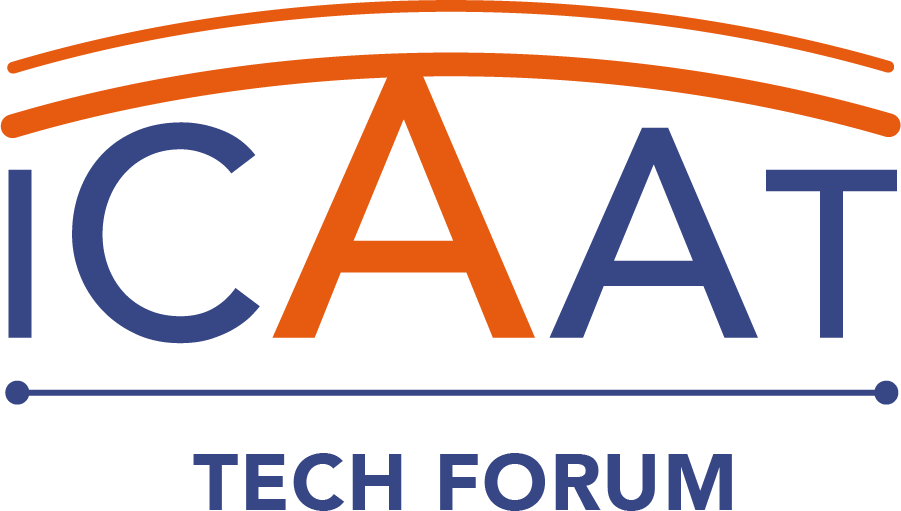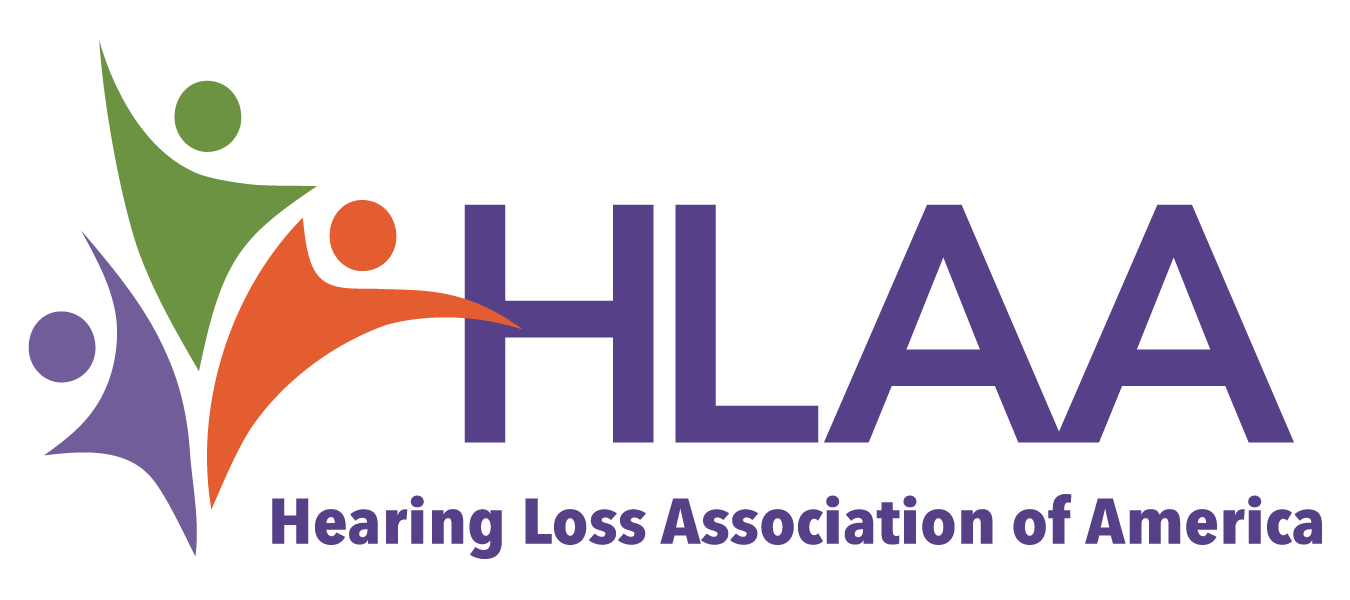Posted:
Many people experience listening fatigue after long workdays filled with meetings, background chatter, and virtual calls. It can drain focus and make communication harder for people with and without hearing loss. Open offices, video platforms, and poor acoustics often add to the problem.
A recent Forbes article by Bill Schiffmiller makes the case that “auditory fatigue,” or the mental exhaustion caused by constant listening in noisy or overstimulating environments, is growing to become a huge wellness issue in the workplace. Open offices, hybrid meetings, and overlapping sound sources can force employees to focus intensely just to follow basic conversations, which increases stress and decreases productivity. The article notes that while companies often address physical and mental health, few consider the impact of sound design or listening effort on employee wellbeing.
Schiffmiller suggests that new technologies like Auracast could ease this problem by providing clearer audio streams and reducing background noise. For people with hearing loss, these same advances can make work more accessible and less tiring, especially during long meetings or video calls. The piece asks employers and wellness leaders to treat audio environment and design as part of overall workplace health, encouraging investment in better sound systems and accessibility tools.
Discussion Questions:
What steps can organizations take to make listening less demanding?
Are there examples of offices or meeting spaces that have improved sound design or adopted new assistive technologies
How can accessibility and wellness teams work together to address listening fatigue?





